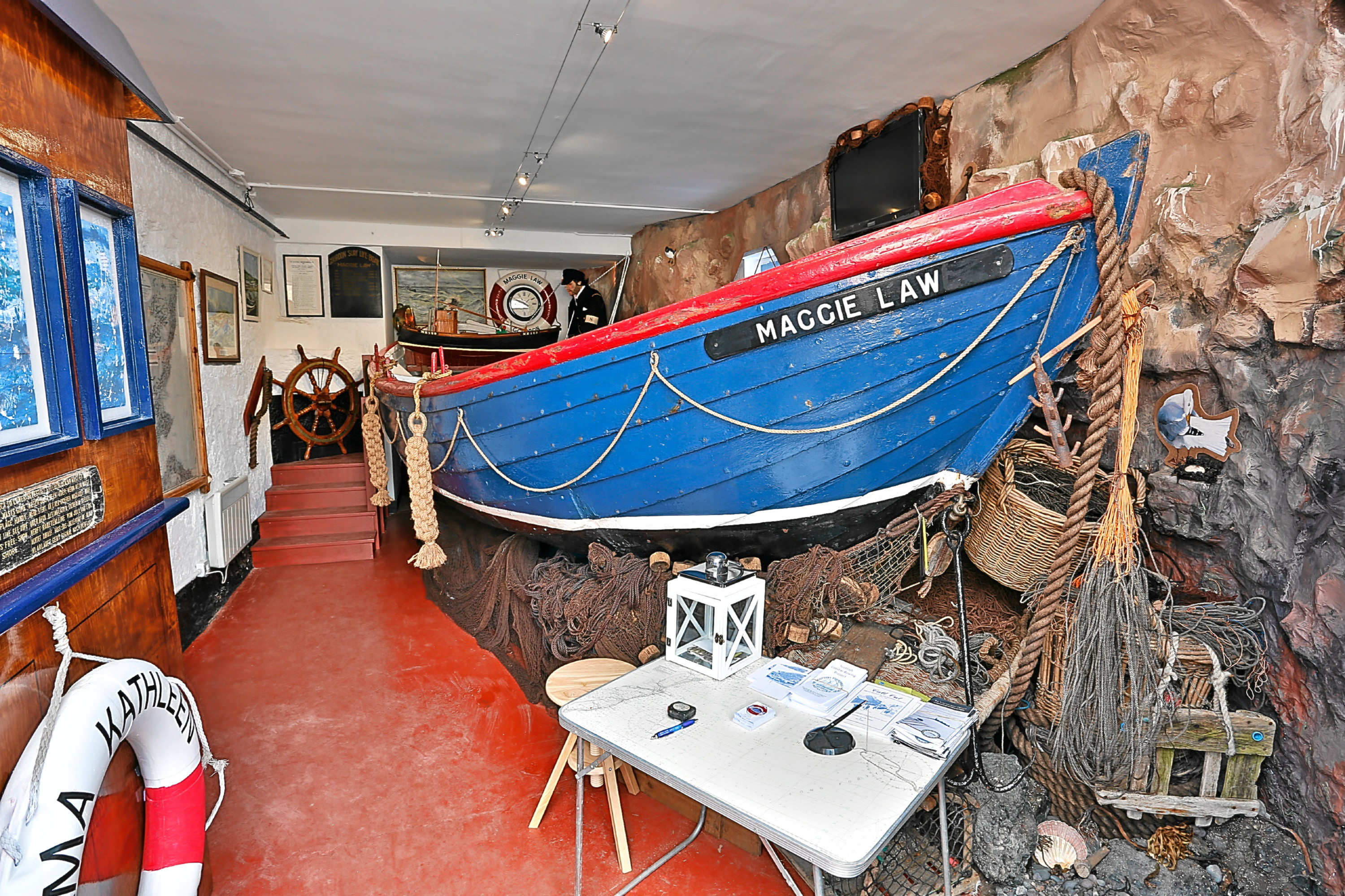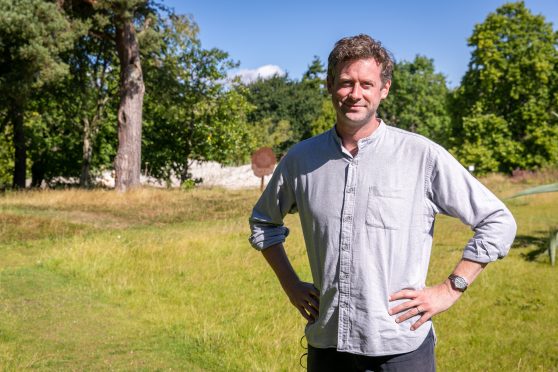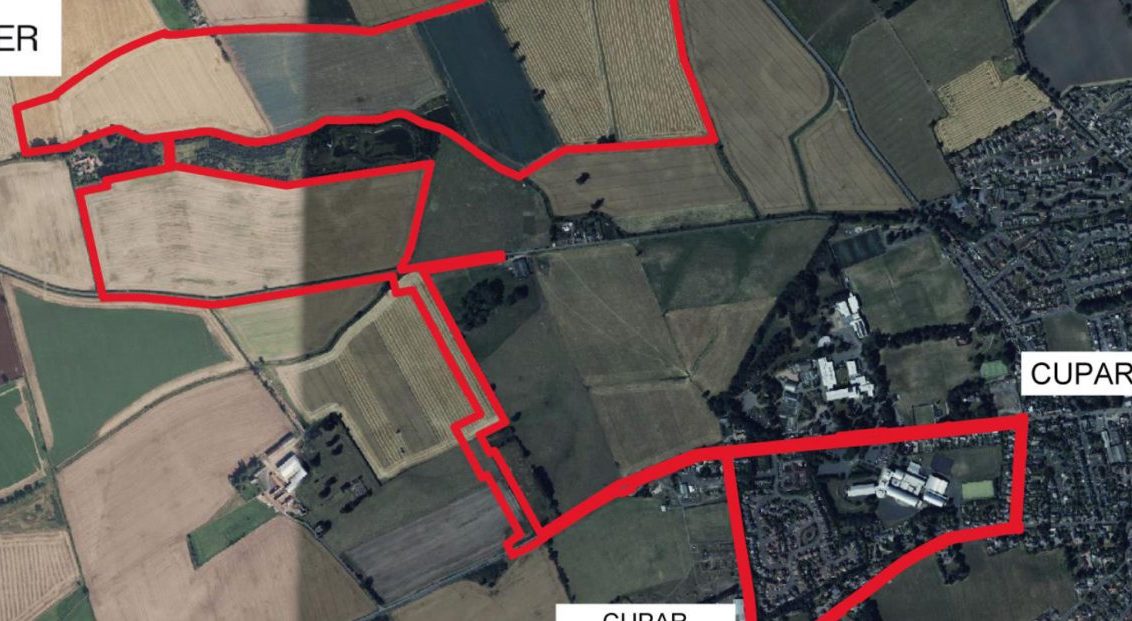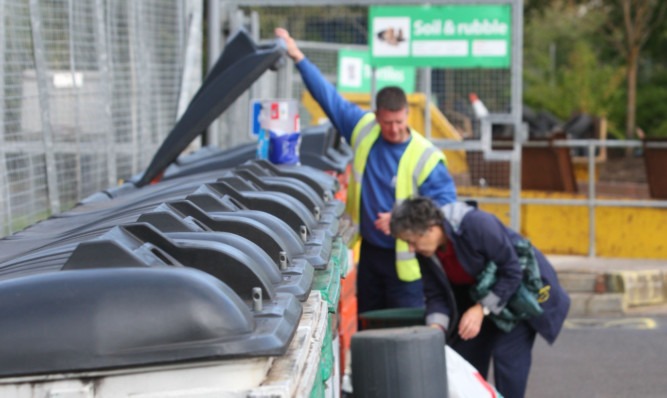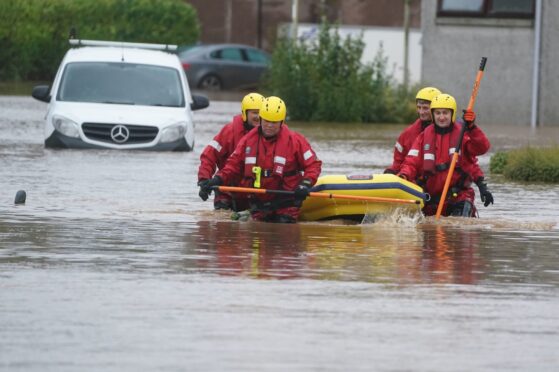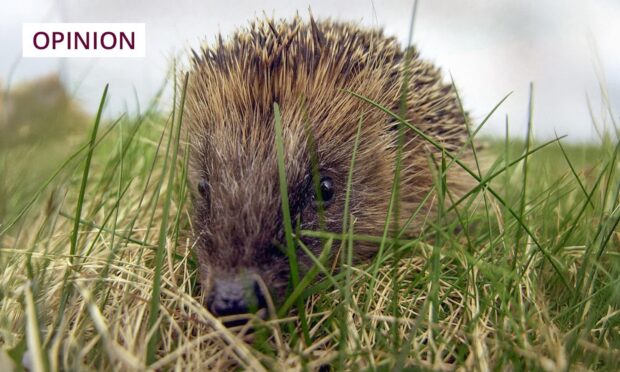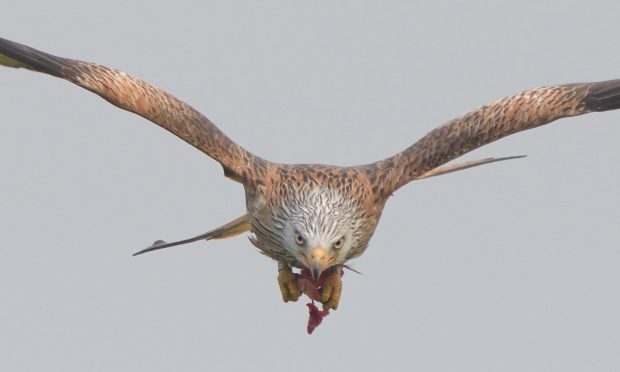If one swallow doesn’t make a summer perhaps five house martins swooping in dazzling aerobatics in the sky above us was a good omen. It was the Doyenne who saw them first and they were welcome arrivals.
Half a century ago swallows, house martins and sabre-winged swifts were so much part of the springtime skies, so taken for granted that a nod in their direction was all the acknowledgement they got on their return each spring from overwintering in Africa to breed here.
It’s a monumental journey from southern Africa across the Sahara and through Morocco, up Spain’s eastern seaboard, across the Pyrenees, through France, across the Channel to England and pitching up in the Mearns.
There’s plenty more activity in the garden.
The tree sparrows which commandeered one of the nesting boxes must be close to fledging their chicks.
They are busy from soon after dawn when the chicks have woken and are demandingly hungry.
Starlings, blackbirds, thrushes and robins hunt over the back green and the grass in front of the house, hoovering up the wriggly things that their chicks thrive on.
But the finches and tits that came earlier in the year to the seed and peanut feeders are nowhere to be seen.
I’m inclined to follow the advice not to put out these types of food during the breeding season as they are not suitable for young birds’ digestive systems if fed to them.
Tuesday afternoon, you’ll remember, was warm sunshine in a flawless sky so Inka and I took a turn up by the lochan at the foot of the glen.
Nature’s rhythm
At first sight it seemed deserted but I settled down in my favourite seat between the roots of an old warrior of a beech tree – and waited.
It’s a matter of getting into nature’s rhythm and you soon see the things that were there all the time.
First it was a pair of tufted ducks, then a couple of handsome drakes, their white flanks contrasting boldly with the rest of their dark plumage.
I saw movement in the reeds on the far shore and put the glasses on it – a mallard drake dozing in the heat.
I counted five drake wigeon. They rarely nest outside Scotland and come inland to breed close to water in wooded areas.
Hopefully there are several nests in the rushes or the bracken near the loch.
I rarely see dabchicks or coots on the loch other than during the breeding season.
There were three coots, instantly identified by the white wattle on their forehead, which I presume were males because the hens should be sitting on eggs.
Dabchicks, or little grebes, are delightful birds, the smallest of our diving ducks.
They dive and reappear with scarcely a ripple and I don’t know whether I saw one or three because they can swim underwater for considerable distances, which is confusing for the observer.
And then I saw them – a swoop of swallows hawking across the top of the loch, probably feeding on emergent Mayflies.
I knew then that summer was on the horizon.
Selfless courage
In 1890 the fishermen of Gourdon, one of the historic Mearns fishertouns, agreed to subscribe a penny in the pound from their earnings to pay for the Maggie Law, a 30-foot clinker- built inshore lifeboat which was built by local boat builder James (Jeems) Mowatt.
This was in addition to, but not in place of, the RNLI lifeboat Young George Irlam which went on station in 1878.
Because of the rocky and dangerous nature of the entrance to Gourdon harbour, all too often ships and sailors had come to grief in the harbour mouth just yards from the shore and safety.
The local fishermen considered that a shallow-draught boat which could be quickly launched was also needed.
She remained in service for 40 years and saved 36 lives and now forms the centrepiece of the Maggie Law Maritime Museum housed on two floors in the old Coastguard Station.
Here, you get a clear picture of the hazards the early lifeboatmen faced, and of their courage, launching their boat usually in the most violent conditions with just the power of six oars and the skill of the helmsman battling the worst of the elements.
It wasn’t just about the lives of those on peril on the sea, it was about the risks to their own lives too.
It’s well worth a visit and, as local schoolchildren have been involved in preserving the archives, there is much to learn about the north-east’s maritime heritage.
Secretary Michael Webster has put out a call for volunteers to help open and man this four-star maritime heritage project over the summer months.
Visit the excellent website www.maggielaw.co.uk for opening times, lots more information and contacts.
Meanwhile, last week’s mention of steam ploughing brought a call from Adam Porteous of Leven to tell me that there will be a demonstration of the system today and tomorrow at the BA Vintage Country Fair at Echt, between Banchory and Kintore, which also features vintage tractors, steam engines and cars.
Visit www.ba-events.com.
